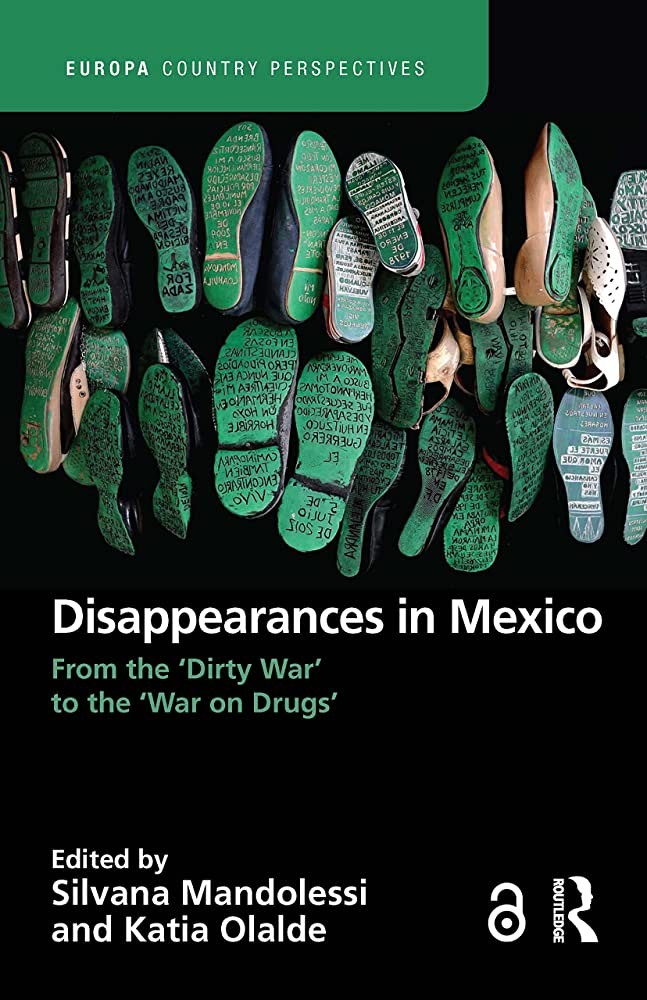

Most ebook files are in PDF format, so you can easily read them using various software such as Foxit Reader or directly on the Google Chrome browser.
Some ebook files are released by publishers in other formats such as .awz, .mobi, .epub, .fb2, etc. You may need to install specific software to read these formats on mobile/PC, such as Calibre.
Please read the tutorial at this link: https://ebookbell.com/faq
We offer FREE conversion to the popular formats you request; however, this may take some time. Therefore, right after payment, please email us, and we will try to provide the service as quickly as possible.
For some exceptional file formats or broken links (if any), please refrain from opening any disputes. Instead, email us first, and we will try to assist within a maximum of 6 hours.
EbookBell Team

4.4
92 reviewsThis volume presents an interdisciplinary analysis of the practice of disappearances in Mexico, from the period of the so-called ‘dirty war’ to the current crisis of disappearances associated with the country’s ‘war on drugs’, during which more than 80,000 people have disappeared. The volume brings together contributions by distinguished scholars from Mexico, Argentina and Europe, who focus their chapters on four broad axes of enquiry. In Part I, chapters examine the phenomenon of disappearances in its historical and present-day forms, and the struggles for memory around the disappeared in Mexico with reference to Argentina. Part II addresses the political dimensions of disappearances, focusing on the specificities that this practice acquires in the context of the counterinsurgency struggle of the 1970s and the so-called ‘war on drugs’. The third section situates the issue within the framework of human rights law by examining the conceptual and legal aspects of disappearances. The final chapters explore the social movement of the relatives of the disappeared, showing how their search for disappeared loved ones involves bodily and affective experiences as well as knowledge production. The volume thus aims to further our understanding of the crisis of disappearances in Mexico without, however, losing sight of the historic origins of the phenomenon.